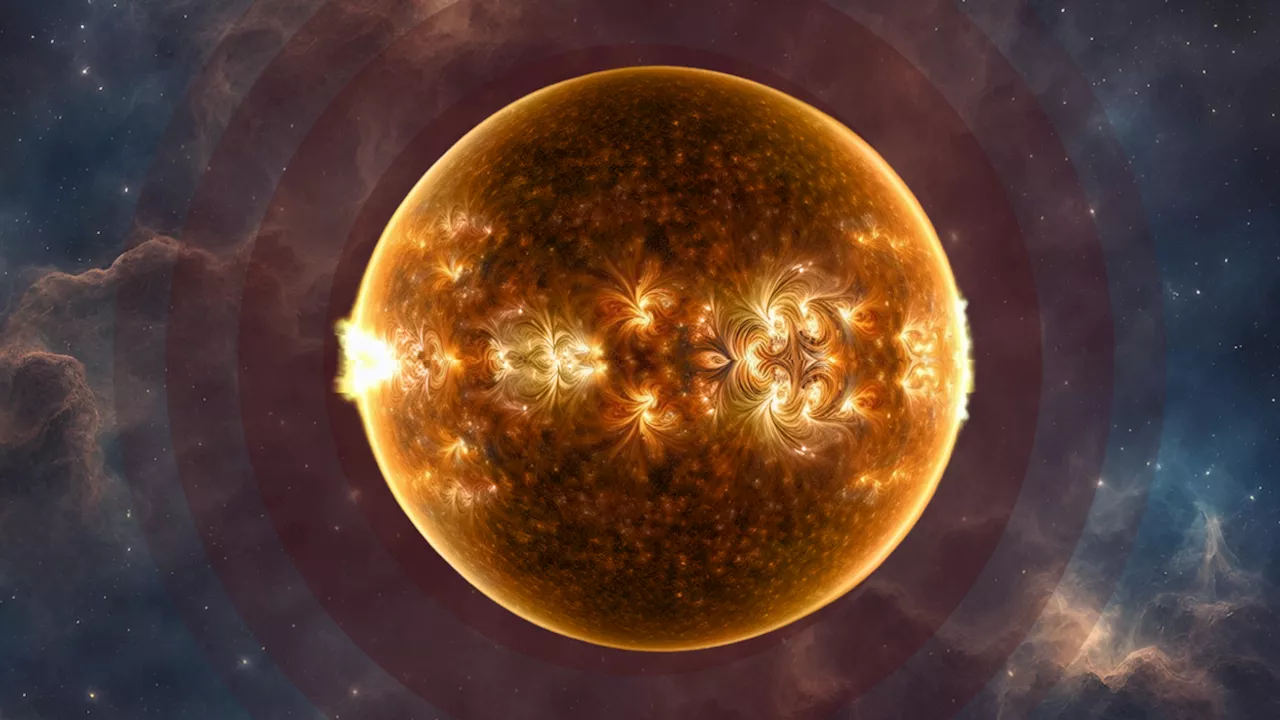Robert Lea is a science journalist in the U.K. whose articles have been published in Physics World, New Scientist, Astronomy Magazine, All About Space, Newsweek and ZME Science. He also writes about science communication for Elsevier and the European Journal of Physics. Rob holds a bachelor of science degree in physics and astronomy from the U.K.
at their cores, stars of all sizes collapse under their own gravity, dying to form a dense cosmic remnant like a. Our own star, the sun, will meet this fate in around 5 billion years, first swelling out as a red giant and obliterating the inner planets, including Earth. After around 1 billion years, this phase, too, will end, leaving the core of the sun as a white dwarf ember surrounded by a cloud of cosmic ashes in the form of cooling stellar material.
John added these S-cluster stars, which lie within around three light-years of the very heart of our galaxy, also seem to be much younger than would be expected if the stars had migrated to this region from elsewhere in the Milky Way."Even more mysteriously, not only do the stars look unusually young, but there are fewer older stars than expected," she continued."Additionally, it seems like there are unexpectedly many heavy stars.
Scientists can only infer the presence of dark matter because it interacts with gravity, and this interaction can affect ordinary matter and indeed light. IfWhat is less certain is whether dark matter interacts with itself. To understand what this means, remember that ordinary matter particles all have an antimatter version of themselves. For instance, there is a positively charged antiparticle called a positron for a negatively charged electron.
"For most of a star's life, these processes happen primarily in the core of the star, where the gravitational pressure is highest," John said."We show that if stars collect a large amount of dark matter, which then annihilates inside the star, it can also provide an outward pressure, making the star stable due to dark matter annihilation rather than nuclear fusion. So, stars can use dark matter as a fuel instead of hydrogen.
"Our findings tell us that dark matter can scatter with ordinary particles, which is required to slow down the dark matter particles inside the star to capture them — also, that dark matter particles can annihilate with each other," she said."By observing the distribution of immortal stars around the Galactic Center, we would also get some information about the distribution and density of dark matter around the Galactic Center.
United States Latest News, United States Headlines
Similar News:You can also read news stories similar to this one that we have collected from other news sources.
 The Standard Model explained: A deep dive into modern physicsThe Standard Model is a pillar of modern physics, providing a comprehensive framework for particle physics.
The Standard Model explained: A deep dive into modern physicsThe Standard Model is a pillar of modern physics, providing a comprehensive framework for particle physics.
Read more »
 Something Strange Appears to Be Powering 'Immortal' Stars at the Center of Our GalaxyScience and Technology News and Videos
Something Strange Appears to Be Powering 'Immortal' Stars at the Center of Our GalaxyScience and Technology News and Videos
Read more »
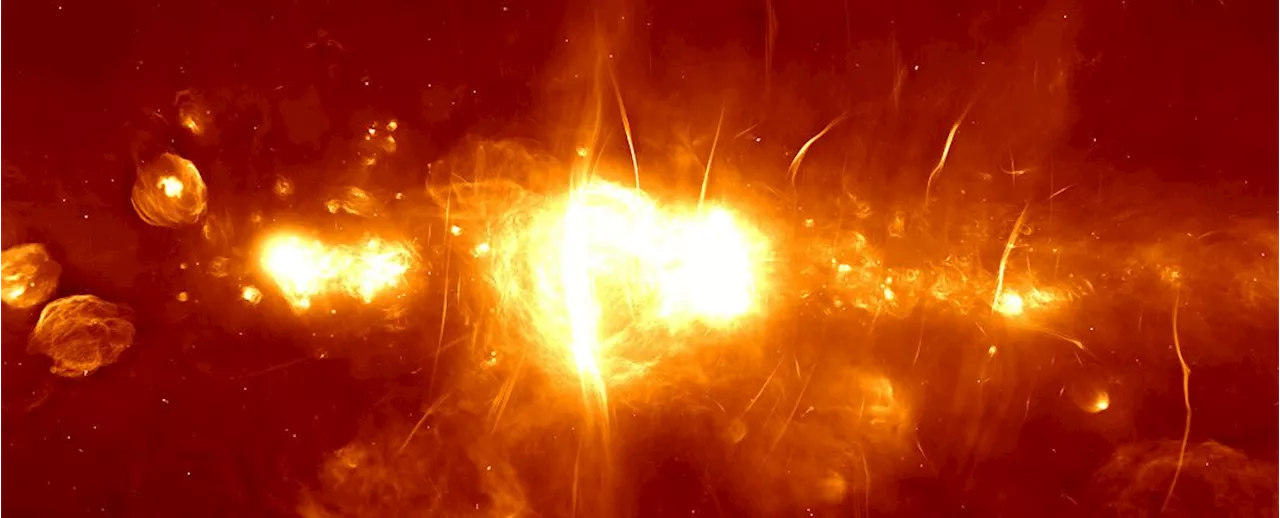 A Diet of Dark Matter Could Be Making Some Stars Effectively ImmortalThe Best in Science News and Amazing Breakthroughs
A Diet of Dark Matter Could Be Making Some Stars Effectively ImmortalThe Best in Science News and Amazing Breakthroughs
Read more »
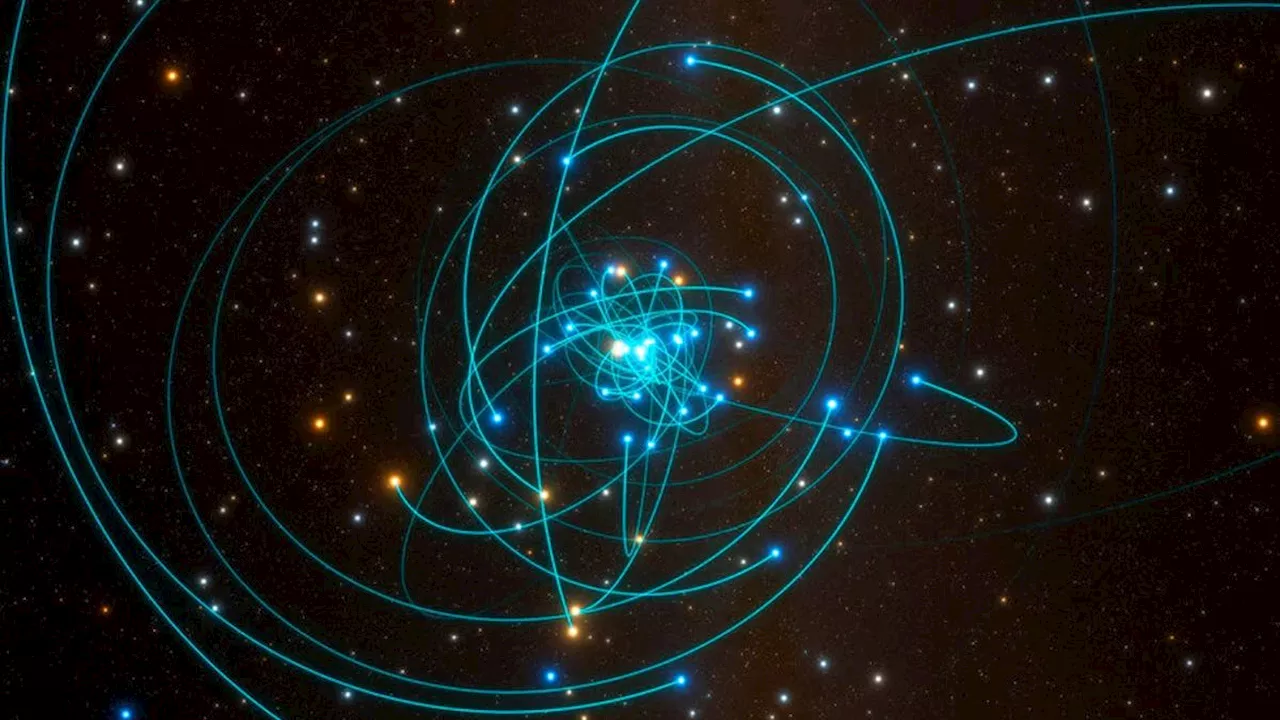 Baby stars that defy explanation are 'swarming like bees' around Milky Way's supermassive black holeHarry is a U.K.-based senior staff writer at Live Science. He studied marine biology at the University of Exeter before training to become a journalist. He covers a wide range of topics including space exploration, planetary science, space weather, climate change, animal behavior, evolution and paleontology.
Baby stars that defy explanation are 'swarming like bees' around Milky Way's supermassive black holeHarry is a U.K.-based senior staff writer at Live Science. He studied marine biology at the University of Exeter before training to become a journalist. He covers a wide range of topics including space exploration, planetary science, space weather, climate change, animal behavior, evolution and paleontology.
Read more »
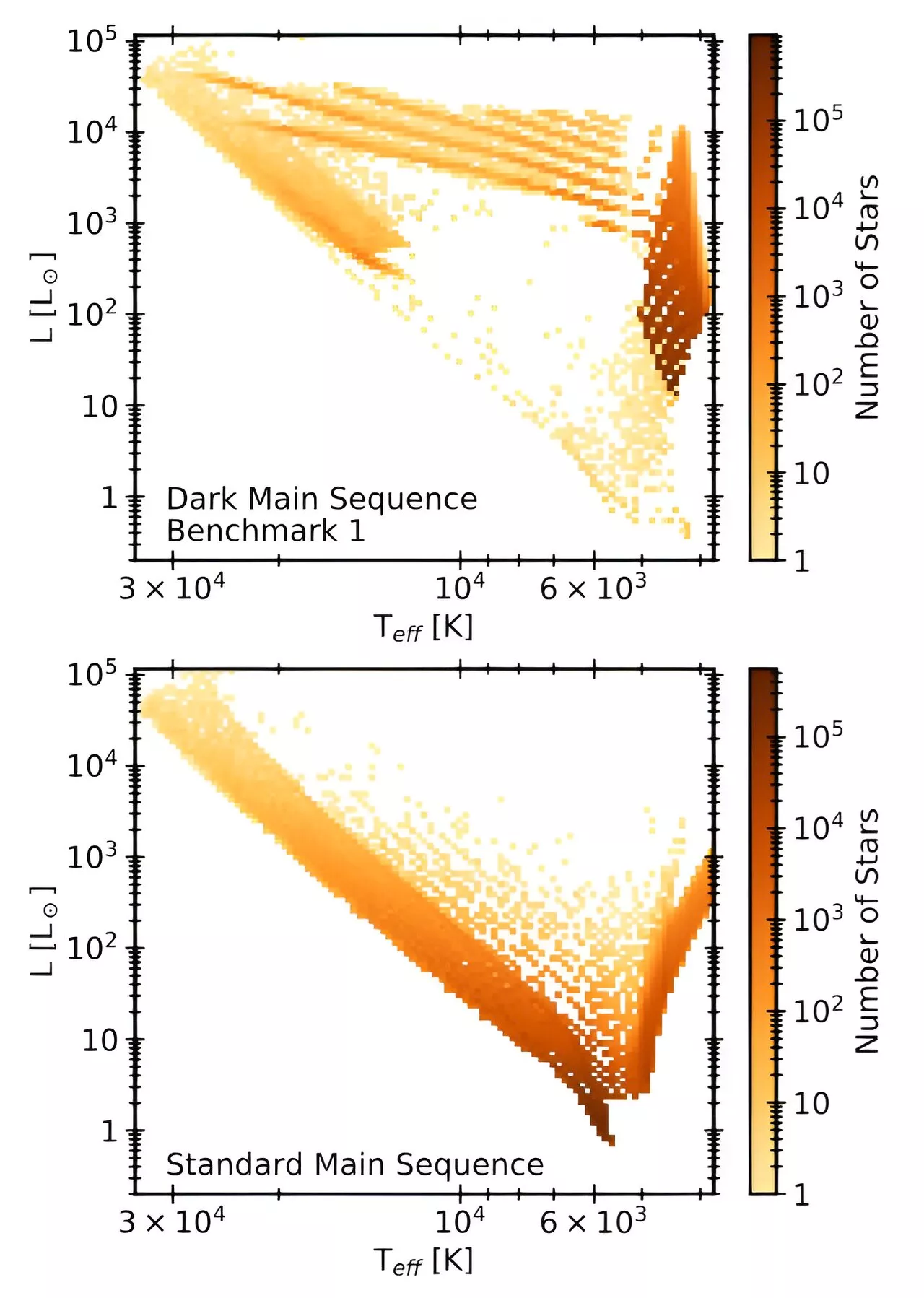 Dark matter could make our galaxy's innermost stars immortalStars near the center of our galaxy are acting kind of weird. Dark matter may be the explanation.
Dark matter could make our galaxy's innermost stars immortalStars near the center of our galaxy are acting kind of weird. Dark matter may be the explanation.
Read more »
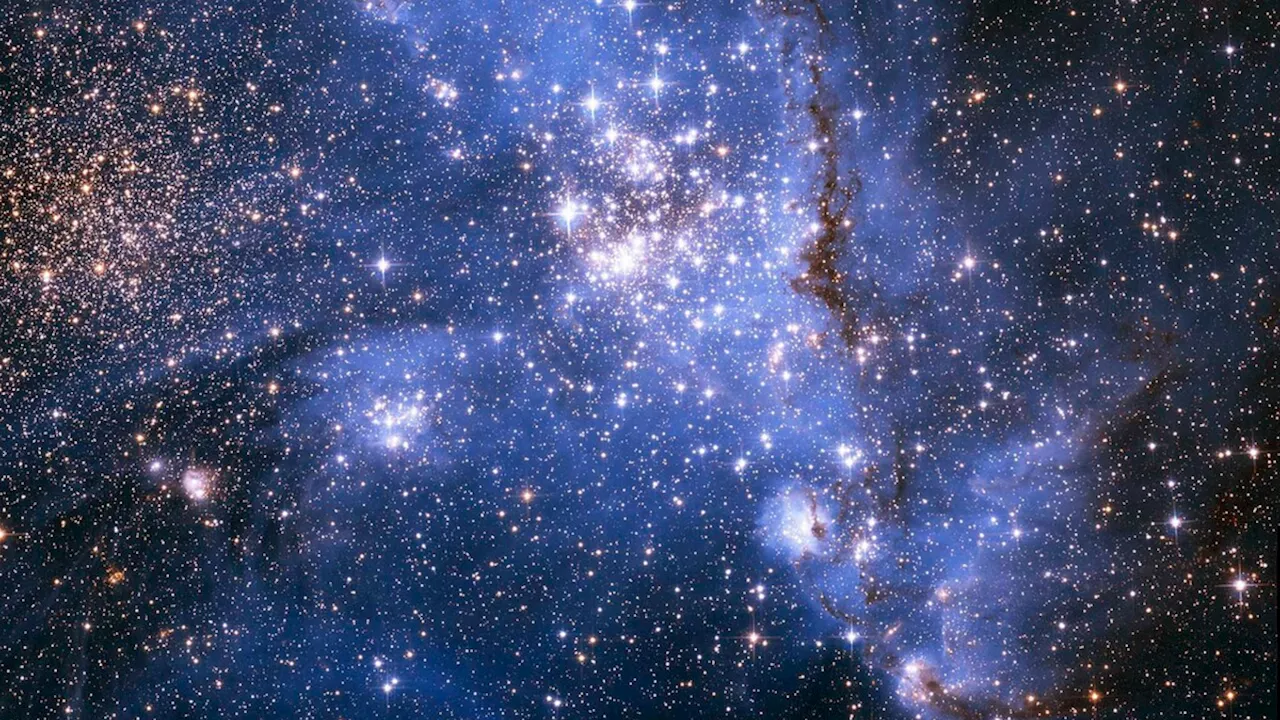 Massive, magnetic stars beyond the Milky Way detected for the 1st timeRobert Lea is a science journalist in the U.K. whose articles have been published in Physics World, New Scientist, Astronomy Magazine, All About Space, Newsweek and ZME Science. He also writes about science communication for Elsevier and the European Journal of Physics. Rob holds a bachelor of science degree in physics and astronomy from the U.K.
Massive, magnetic stars beyond the Milky Way detected for the 1st timeRobert Lea is a science journalist in the U.K. whose articles have been published in Physics World, New Scientist, Astronomy Magazine, All About Space, Newsweek and ZME Science. He also writes about science communication for Elsevier and the European Journal of Physics. Rob holds a bachelor of science degree in physics and astronomy from the U.K.
Read more »
